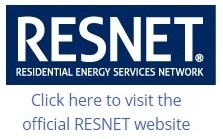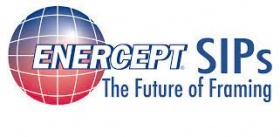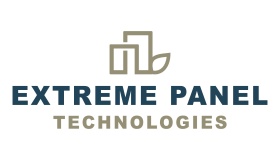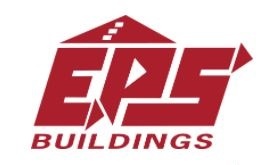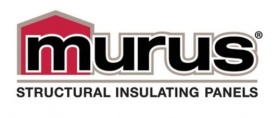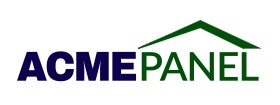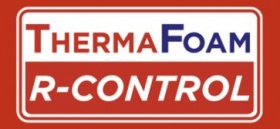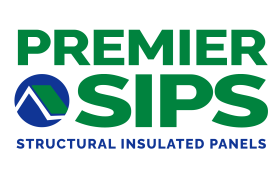RESNET
Setting the Nation's Standards for Home Energy Efficiency
The Residential Energy Services Network (RESNET) was founded in 1995 as an independent, non-profit organization to help homeowners reduce the cost of their utility bills by making their homes more energy-efficient. Developed by the Residential Energy Services Network and introduced in 2006, the HERS Index is the industry standard by which a home's energy efficiency is measured. Government agencies such as the Department of Energy (DOE), Department of Housing and Urban Development (HUD) and the Environmental Protection Agency (EPA) recognize the HERS Index as an official verification of energy performance. |
How Does the HERS Index Work?
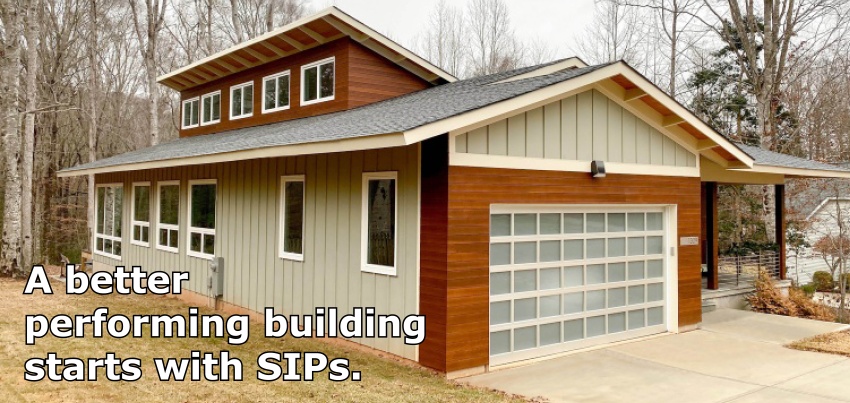
To calculate a home’s HERS Index Score, a certified RESNET Home Energy Rater will do a home energy rating and compare the data against a 'reference home' – a design modeled home of the same size and shape as the actual home, so the HERS Index Score is always relative to the size, shape and type of house you live in. The lower the number, the more energy-efficient the home.
A typical resale home represents 130 on the HERS Index while reference home (a standard new home built in 2006) is rated at 100.
- A home with a HERS Index Score of 70 is 30% more energy-efficient than a standard new home.
- A home with a HERS Index Score of 130 is 30% less energy-efficient than a standard new home.
Click here to view a video on the basics of the HERS Rating Index
The Residential Green and Energy-Efficient Addendum
The objective of this Addendum is to standardize the communication of the high-performing features of residential properties. Identifying the features not found on the appraisal form provides a basis for comparable selection and analysis of the features.
Builders, contractors, homeowners and third-party verifiers are encouraged to complete this Addendum and present to appraisers, agents, lenders and homeowners. Appraisers typically do not have sufficient information to complete this addendum without builder, contractor or third-party verifier documentation.
- Attach this completed document to the MLS listing to provide sufficient detail on sales and listings to assist buyers, appraisers and real estate agents in understanding the high performance features of the property.
- Complete the pages that apply to the property appraisal and provide to appraiser prior to the completion of an appraisal.
- Provide the Addendum to the lender at the time of loan application to assist them in understanding the property type so an appraiser with sufficient knowledge of this property type will be engaged to provide an appraisal to meet secondary mortgage market guidelines.
Click here to access the Green Addendum form.
Click here to find additional resources from the Appraisal Institute for the valuation of green properties.


